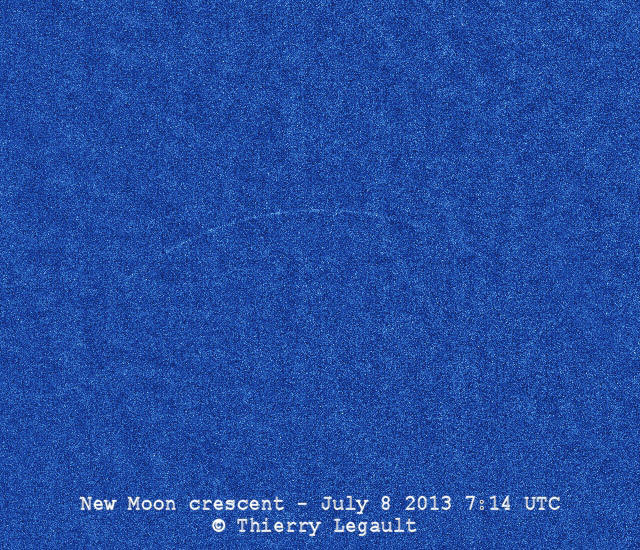Difference between revisions of "July 9, 2013"
| Line 3: | Line 3: | ||
<!-- ws:start:WikiTextHeadingRule:0:<h1> --> | <!-- ws:start:WikiTextHeadingRule:0:<h1> --> | ||
<!-- ws:start:WikiTextLocalImageRule:6:<img src="/file/view/LPOD-Jul9-13.jpg/440799732/LPOD-Jul9-13.jpg" alt="" title="" /> -->[[File:LPOD-Jul9-13.jpg|LPOD-Jul9-13.jpg]]<!-- ws:end:WikiTextLocalImageRule:6 --><br /> | <!-- ws:start:WikiTextLocalImageRule:6:<img src="/file/view/LPOD-Jul9-13.jpg/440799732/LPOD-Jul9-13.jpg" alt="" title="" /> -->[[File:LPOD-Jul9-13.jpg|LPOD-Jul9-13.jpg]]<!-- ws:end:WikiTextLocalImageRule:6 --><br /> | ||
| − | <em>image by [mailto:legault@astrophoto.fr | + | <em>image by [mailto:legault@astrophoto.fr Thierry Legault], Paris, France</em><br /> |
<br /> | <br /> | ||
| − | Thierry is one of the world's best lunar and planetary imagers. As evidence I recommend that you browse through some of his wide-screen lunar [http://legault.perso.sfr.fr/moon_2012sept.html | + | Thierry is one of the world's best lunar and planetary imagers. As evidence I recommend that you browse through some of his wide-screen lunar [http://legault.perso.sfr.fr/moon_2012sept.html images] or perhaps one showing an astronaut taking a [http://legault.perso.sfr.fr/STS-133.html spacewalk]. Today's blue LPOD is exceptional for it shows a thin lunar crescent with a calculated lunar age of exactly zero. The reason a crescent is visible at all is that the Moon is 4.4° from the Sun, a tiny amount, but enough to make a picture just barely possible. Thierry's [http://legault.perso.sfr.fr/new_moon_2013july8.html website] shows the special sunshade that helped incease contrast to make the Moon visible - after stacking 4000 images. I don't think we learn anything about the Moon from images like this, but the challenge is great and the accomplishment awesome.<br /> |
<br /> | <br /> | ||
| − | <em>[mailto:tychocrater@yahoo.com | + | <em>[mailto:tychocrater@yahoo.com Chuck Wood]</em><br /> |
<br /> | <br /> | ||
<strong>Related Links</strong><br /> | <strong>Related Links</strong><br /> | ||
| − | Thierry's [http://www.astrophoto.fr | + | Thierry's [http://www.astrophoto.fr website] of astonishing images<br /> |
Another extreme [http://lpod.wikispaces.com/January+31%2C+2008 crescent], and yet [http://lpod.wikispaces.com/September+29%2C+2011 another]<br /> | Another extreme [http://lpod.wikispaces.com/January+31%2C+2008 crescent], and yet [http://lpod.wikispaces.com/September+29%2C+2011 another]<br /> | ||
<br /> | <br /> | ||
<hr /> | <hr /> | ||
Revision as of 17:06, 11 January 2015
Awesome in Blue

image by Thierry Legault, Paris, France
Thierry is one of the world's best lunar and planetary imagers. As evidence I recommend that you browse through some of his wide-screen lunar images or perhaps one showing an astronaut taking a spacewalk. Today's blue LPOD is exceptional for it shows a thin lunar crescent with a calculated lunar age of exactly zero. The reason a crescent is visible at all is that the Moon is 4.4° from the Sun, a tiny amount, but enough to make a picture just barely possible. Thierry's website shows the special sunshade that helped incease contrast to make the Moon visible - after stacking 4000 images. I don't think we learn anything about the Moon from images like this, but the challenge is great and the accomplishment awesome.
Chuck Wood
Related Links
Thierry's website of astonishing images
Another extreme crescent, and yet another



